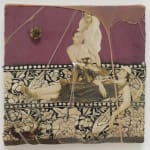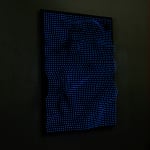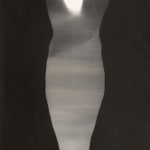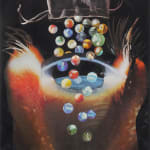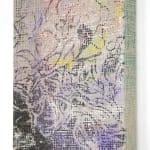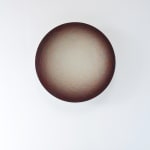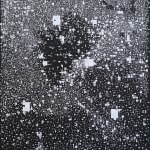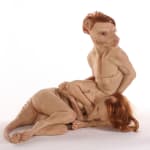


Bruce Conner American, 1933-2008
SICK LADY, 1958
photographs, fabric, brocade, nylon, metal flower on board
6 1/2 x 6 1/2 in
16.5 x 16.5 cm
16.5 x 16.5 cm
Further images
In this assemblage, Conner uses three images of the actor and dancer (Mary) Louise Brooks (1906 – 1985), who, in epitomized the flapper culture of the 1920s and 30s. As...
In this assemblage, Conner uses three images of the actor and dancer (Mary) Louise Brooks (1906 – 1985), who, in epitomized the flapper culture of the 1920s and 30s. As well as representing a glamorous past, Conner had a personal connection to her. In 1940, with her film career over, Brooks moved to her father’s house in Wichita, where she opened a dance studio. The eight-year old Bruce Conner wanted to take tap dancing lessons from her, but his father refused to let him keep company with such a notorious woman. According to Jean Conner, Bruce's father, Bill, considered himself a good dancer and once asked Brooks to dance with him at a country club event. She turned him down. Freudian layers abound.
During the late 40s to mid 50s, impoverished and drinking heavily, she worked as a call girl in NYC. In 1955-56, her films were rediscovered; she moved to Rochester and started writing film criticism. By 1958 when Bruce Conner made this piece, the "sick lady" had been at least partly rehabilitated.
During the late 40s to mid 50s, impoverished and drinking heavily, she worked as a call girl in NYC. In 1955-56, her films were rediscovered; she moved to Rochester and started writing film criticism. By 1958 when Bruce Conner made this piece, the "sick lady" had been at least partly rehabilitated.
